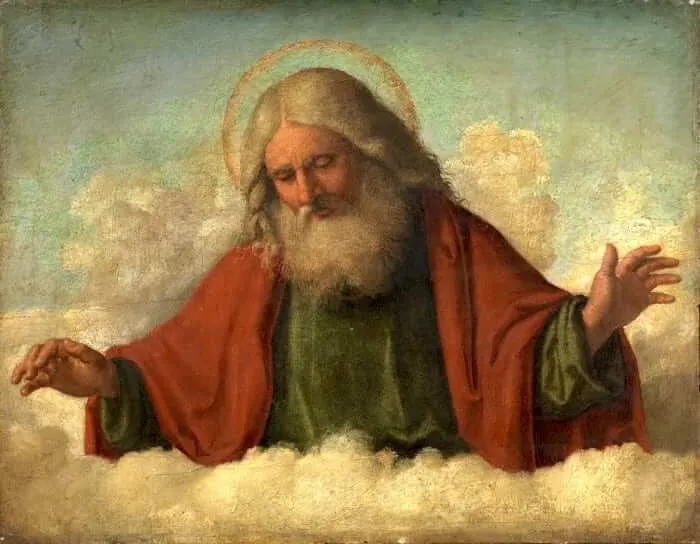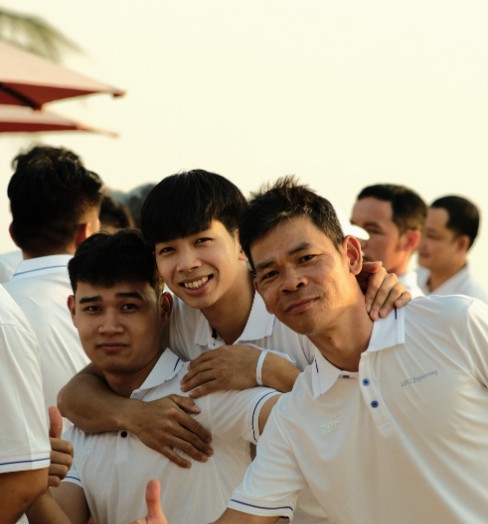The Catholic Herald: Ballot Burning Times: When to Watch for White Smoke

Cardinals Hear Call for ‘Unity of the Church’ at Mass Ahead of Conclave, by Courtney Mares
May 7, 2025
The Cardinal Electors, Then and Now, by Raymond J. de Souza
May 7, 2025
From Saint Peter’s Basilica, Holy Mass for the Election of the Roman Pontiff presided over by Cardinal Giovanni Battista Re, Dean of the College of Cardinals. 7 May 2025. Vatican News - English, Screenshot. Youtube.
The Catholic Herald, May 7, 2025
Today 133 cardinals will enter the Sistine Chapel to begin the papal conclave, the secretive voting process that requires a two-thirds majority to elect the new leader of the global Roman Catholic Church.
The election follows the death of Pope Francis on 21 April at the age of 88 year old.
As the conclave begins, the following ballot burning times are given as rough estimates.
Wednesday 7 May
Rome — 19:00 – 20:00
London — 18:00 – 19:00
Thursday 8 May and Friday 9 May
Smoke will only appear after the first and third ballots if a pope has been elected.
First ballot
Rome — 10:30
London — 09:30
Second ballot
Rome — 12:00
London — 11:00
Third ballot
Rome — 17:30
London — 16:30
Fourth ballot
Rome — 19:30
London — 18:30




